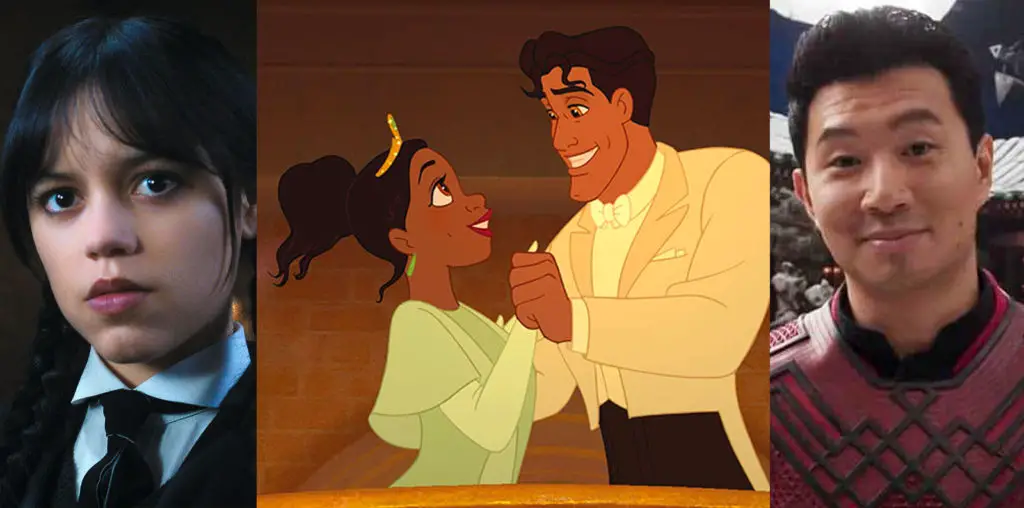
John Singer Sargent (1856-1925) occupies a curious place in the history of American art. Actually, his inclusion in any discussion of American art should be open to debate: he was born in Florence, Italy, to expatriate Americans and achieved the bulk of his success in France and England, eventually taking up residence in London and never setting foot in the United States until he was in his thirties. His output was prolific (over 800 portraits and 1,800 landscapes) and he was much sought after by the most prominent figures on both sides of the Atlantic. Yet after his death, his reputation almost immediately plummeted and for years he was dismissed as a mere portraitist of the aristocracy.
“John Singer Sargent: Outside the Frame” is a mild yet beautifully produced documentary which seeks to rehabilitate the artist’s reputation. Several art historians make the customary talking head commentary and Jacqueline Bisset provides a crisp narration to explain the whos and whats of the story, and the film uses handsome HDTV photography to allow Sargent’s work to speak for itself. In some ways this was not the best idea, while in some cases it offers a fascinating insight into isolated highlights in his vast output.
To be frank, I am not a fan of Sargent’s work and I’ve long considered his style to be erratic. “John Singer Sargent: Outside the Frame” openly identifies many of his eccentricities, most notably his infatuation with the Victorian/Edwardian concept of “Orientalist” exotica and a curious habit of asymmetrical compositions. The film plays on these habits as strengths, though they can also be viewed by less sympathetic eyes as clumsily-executed works featuring people in Turkish trousers and beaded veils. Sargent also coasted in and out of Impressionism without mooring and his lack of complete comfort in this school of painting is fairly evident in many of his works. Symbolism was also not one of his strongest points and charges of anti-Semitism in his heavy-handed painting “The Synagogue” aroused unnecessary controversy and bitterness (especially since the picture was part of a mural series at the Boston Public Library which was subsequently left unfinished amid the brouhaha).
During his life Sargent’s portrait work was much sought after, and especially among the parvenu magnates of late 19th century America. While he later expressed loathing to create portraits, his commissions provided him with a considerable wealth which funded his nomadic travels around the world (a point the film casually overlooks). He could be brutally honest, sometimes to the point of near-career suicide as with the infamous “Madame X,” an icy and insolent portrait of an American social climber who married wealth in Paris. The portrait captured his subject’s lack of grace a little too well and it virtually killed his career for several years. A later portrait of a wealthy lady patron was consigned to storage for years when his depiction of her ample figure was too accurate for her comfort.
Yet Sargent did not lack talent and the film offers loving explorations across the canvases of his finest work. His triumphant “El Jaleo,” painted after a visit to Spain, shows clear influences from Goya yet stands on its own merits as a joyous celebration of Iberian dance and song. “Carnation, Lily, Lily, Rose” is a treasure of light and composition, offering the simplicity of little girls lighting paper lanterns with a delicacy of color and power of observation which is peerless. And his masterpiece, the horrific “Gassed,” depicts the wreck of the human race in a line of blindfolded soldiers whose eyes were damaged in a World War I gas attack. The wounded and sightless soldiers march in a line, each man’s hands holding the shoulders of the comrade in front of them, all stumbling through the muck and ruin of the front lines off to a destination and future unknown to them or those who view their procession. As a painter whose career was primarily spent in the salons and drawing rooms of the upper crust, it is a stunning departure offering a glimpse of the trenchant view of humanity and inhumanity…and also a rare glimpse into what Sargent’s work could have been.
“John Singer Sargent: Outside the Frame” has a few unfortunate distractions, most notably a labored classical piano score which comes and goes with no reason and a rip-off of the Ken Burns style of narration where diaries and reviews are read in pretentious hushes and suffixed with the name of their respective writers. There is also an inane speculation on whether the highly-private artist, who never married and had no known romantic liaisons, was gay (no evidence is provided outside of a few sketches of handsome young men, which are not identified in their proper context). Yet for the viewer who is new to Sargent, the film provides a satisfactory (if less than stirring) hour-long introduction to the man and his work.

